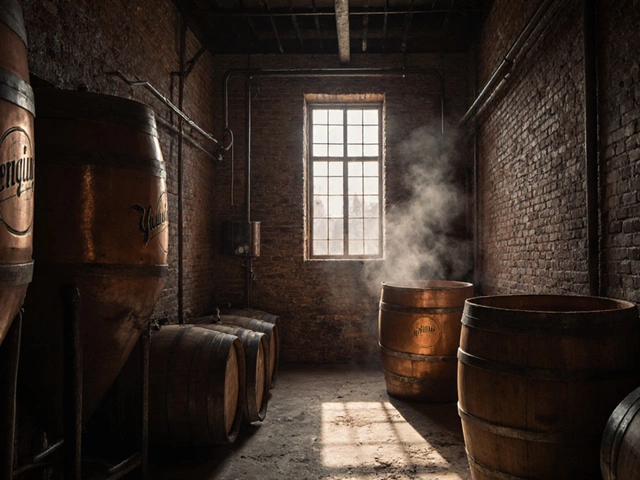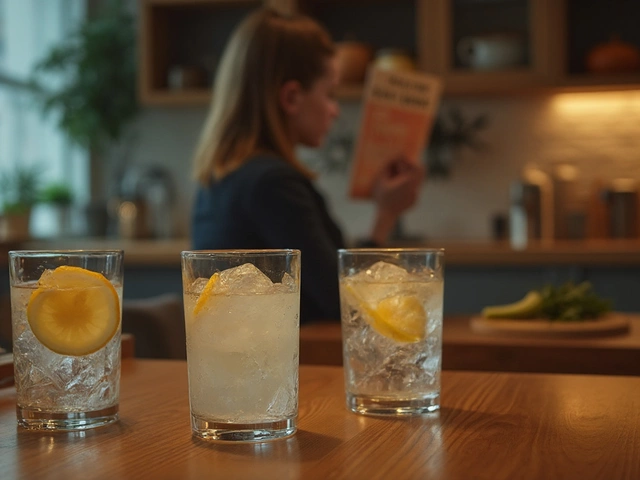Expensive Drinks: Why They Cost More and How to Choose
If you’ve ever stared at a $150 bottle and wondered if it’s worth the splurge, you’re not alone. A lot of us think price equals quality, but the truth is a little messier. Some pricey drinks truly shine, while others hide a hefty tag for hype. Below we’ll break down what pushes a drink into the expensive lane, when the cost pays off, and how to get the most out of every sip.
What Makes a Drink Expensive?
First off, raw materials matter. A vodka made from single‑origin wheat or a whisky aged in rare oak can command higher prices. The longer a spirit ages, the more it loses to the wood, so producers charge for that lost volume. Limited editions also boost price – think only a few thousand bottles released worldwide. Finally, brand reputation adds a layer of cost. A name like Hendrick’s carries history, marketing spend, and a loyal fan base, all baked into the label price.
Is the Price Worth It?
That’s the real question. For a seasoned taster, the subtle differences between a $30 vodka and a $100 “premium” one can be clear – a smoother finish, less burn, cleaner palate. But for most casual drinkers, those nuances might be lost in a mixed cocktail. If you plan to sip straight or host a tasting, the extra cost often shows. In a mixed drink, the expensive spirit can get masked, so you might not get your money’s worth.
One handy trick is to compare the price per ounce instead of the whole bottle. A $200 bottle of aged whisky might hold 25 ounces, making it $8 per ounce – still pricey, but you can gauge how many servings you’ll actually have. If you’re only having a couple of sips, look for smaller formats or “tasting sets” that let you try a few premium options without buying a full bottle.
Another tip: watch for secondary markets. Some collectors sell rare bottles at a discount after the initial hype fades. You can snag a high‑end spirit for less if you’re patient and keep an eye on auction sites or specialty forums.
When you do decide to splurge, prepare your palate. Start with a clean glass, no lingering aromas. Take a small sip, let it sit, note the aroma, the body, the finish. Write down what you like – is it the fruity notes, the woody depth, or the silky smoothness? That practice helps you understand if the price truly matches the experience.
Finally, remember that the most expensive drink isn’t always the best for your taste. Some people love a bright, young gin, while others prefer a deep, smoky bourbon. Your personal preference should guide the purchase, not just the price tag.
So, next time you see an eye‑watering price, pause and ask: is this a unique ingredient, a long aging process, or just a brand name? Use the tips above, and you’ll keep the fun of discovering new drinks without blowing your budget.
Ever wondered what a rich girl drink really is? Explore luxury cocktails, modern favorites, secret celeb orders, and tips for adding some sparkle to your next night out.
View Details
